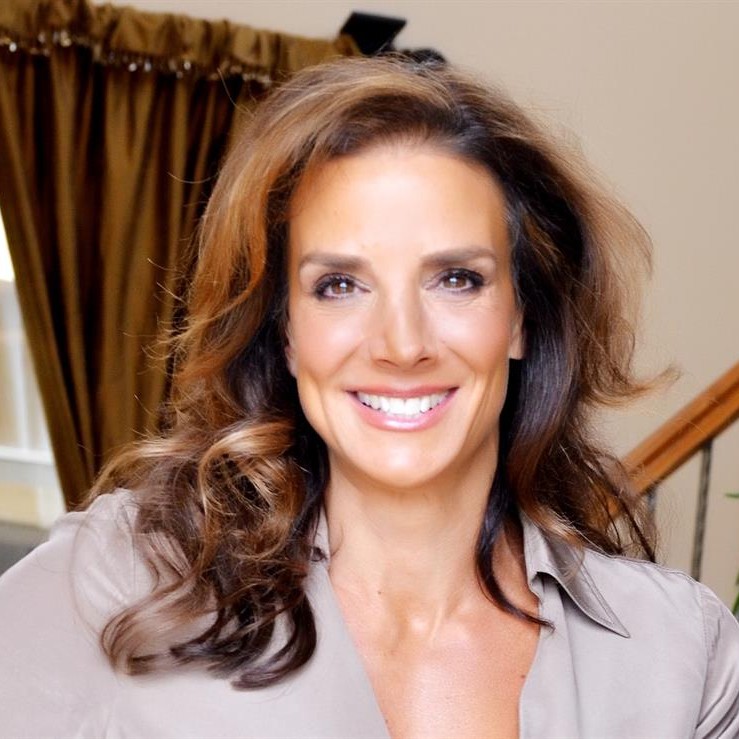By Paul J. Kozlowski
We appreciate 300 days of sunshine in Denver each year but we know storms pass through the city bringing snow in winter and dangerous lighting in summer. High-country weather differs from that of the city so location matters. That information helps us prepare when storms are building.
What’s brewing on the economic horizon? Last year was mostly sunny, but clouds did build up later in the year. It’s easy to get caught up in day-to-day economic and financial changes but that can generate confusion. Let’s look at some fundamental trends.
Big Picture
The chart summarizes the “big picture.” Real gross domestic product – a measure of total production in the U.S. – rose in 23 of 25 quarters since the Great Recession ended in mid-2009, but it rose above 4% only three times. The dotted line at 2% is important because growth above that rate generates positive effects. The forecasting consensus for 2016 indicates about 2-2.5% growth, suggesting another good year for the domestic economy. Ten favorable indicators listed below support that outlook.
2015 Selected Favorable Indicators Change
- Private industry employment …………………. UP
- Private-sector job openings ……………………. UP
- Unemployment rate ……………………….. DOWN
- Business sector: real compensation/hour ……UP
- Real disposable personal income …………….. UP
- Real private fixed investment ………………… UP
- Real private residential fixed investment .. UP
- New private housing starts ……………………. UP
- New building permits …………………………… UP
- Vehicle sales ……………………………………….. UP
Financial Markets
What’s likely to generate clouds this year? Storms are brewing in financial markets but they are not intense yet. The S&P500 index, for example, which measures changes in prices of large cap stocks, more than doubled from 2009 to 2015, but gains last year were considerably smaller. That index also has moved down since mid-2015 and dropped again at the beginning of this year. In Wall Street jargon, after a good run, “the bulls seem tired.”
Global Scale
Global markets seem much less stable as the year begins. In China increased debt and slower real growth affect other emerging economies in Asia. With unclear impacts, investor uncertainty rises and stock markets sputter worldwide. In addition, the higher value of the U.S. dollar against other currencies increases prices of American products and dollar-denominated assets in world markets. American manufacturers have already been hit. Combining these factors with dimmer prospects for U.S. corporate profits points to more slippage ahead in stock markets as the Federal Reserve starts an upward cycle in the federal funds rate that will continue if the domestic economy remains buoyant. The small 25-basis point increase in that rate in December seems benign, with little immediate impact. It does influence expectations of market participants who may adjust assets as yields change.
Add to this mix low oil prices and any unexpected negative shock – a rise in geopolitical tensions, for example – and more volatility emerges in financial markets. The Chicago Board of Options Exchange’s volatility index jumped about 17% last year. More volatility and heightened uncertainty tend to push investors away from riskier equities toward safe-haven assets like U.S. Treasury securities. Overall, 2016 may actually look much like last year but with greater financial swings. Even with a favorable domestic economy, observed storm clouds suggest caution going forward.
Contributions
Dr. Paul Kozlowski, long time Corken + Company client, is a professor emeritus of business economics and finance at the University of Toledo, and past-president of the Mid-Continent Regional Science Association. He has served as an advisor to business and government organizations for over thirty-five years, and his articles have appeared in a variety of economic publications and books. He holds a Ph.D. in economics from the University of Connecticut and lives in Denver.





